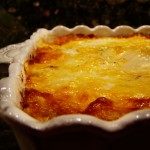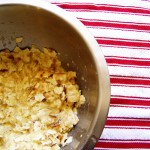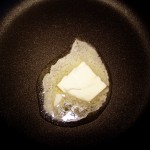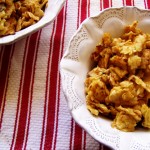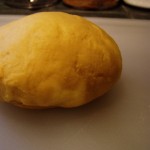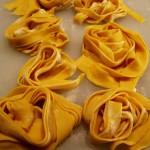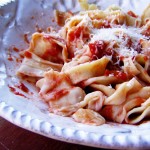Tue 28 Apr 2009
Nobody Here But Us Chickens
Posted by Bria under Main Dishes
[49] Comments
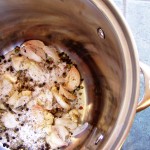

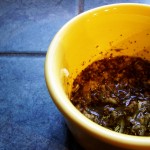
The first time I roasted a chicken, my dad talked me through it over the phone. The conversation went something like this:
Dad: Is the oven hot?
Me: Yeah.
Dad: Okay, put the bird in the roasting pan.
Me: Mmhmm, done.
Dad: Now spray it with Pam.
Me: The pan, or the bird?
Dad: The bird - just give it a good spray all over.
Me: Got it. Now what?
Dad: Peel an onion, and just shove the whole thing inside.
Me: Inside…where?
Dad: The bird.
Me: In its butt?
Dad: We generally call that the cavity, but yes. Pop it in.
Me: Are you serious?
Dad: Yes! It will taste good.
Me: Okay, one onion in the butt coming up.
Dad: I’m going to pretend I didn’t hear that.
Me: Go on.
Dad: Shake a little salt and pepper over the outside and stick it in the oven. Check it in an hour.
Me: That’s it?
Dad: That’s it.
And that really is it. You can get a delicious roast chicken with almost zero work. If you’ve never cooked a chicken before, and if you break out in hives of OH MY G-D THIS IS SO COMPLICATED when you read the rest of this recipe, go ahead and try the Butt Onion method. But if you are feeling at all adventurous (and by “at all” I mean on a “dimes in your penny loafers” level), try your hand at the brine and paste method I describe below. It’s really, really delicious. And the smells that will fill your kitchen will blow your mind.
This recipe is an absolute stunner if you are trying to impress someone with your cooking skills. It comes out looking like a million bucks, and your guests will be rendered speechless when they take a bite of the moistest, tastiest chicken they have ever had. The brining will assure you very moist meat (heh) - just don’t overcook it. I know the spectre of undercooked chicken and all its various evils can keep the best of us up at night, but a meat thermometer or instant-read thermometer is all the backup you need. I highly recommend an instant-read for its speed, accuracy, and overall niftiness. I came upon this one by way of Cooks Illustrated, and was impressed that it was both extremely functional and highly affordable. Though not absolutely critical, it’s one of those pieces of equipment that can really streamline your cooking process.


